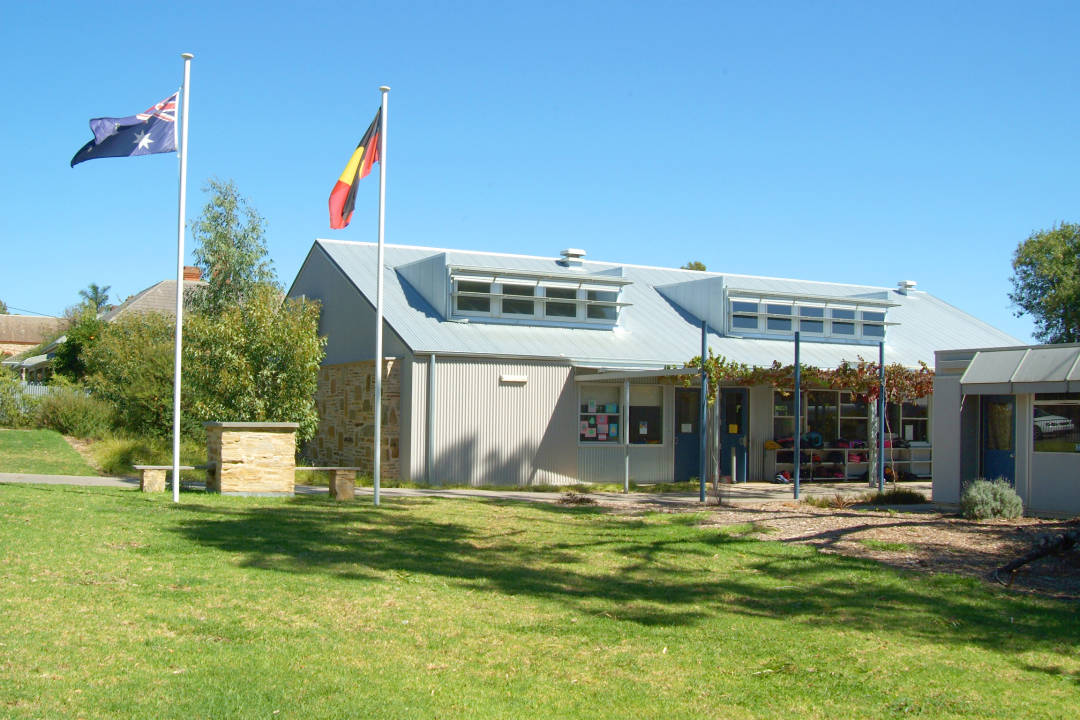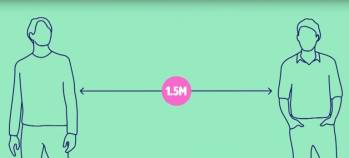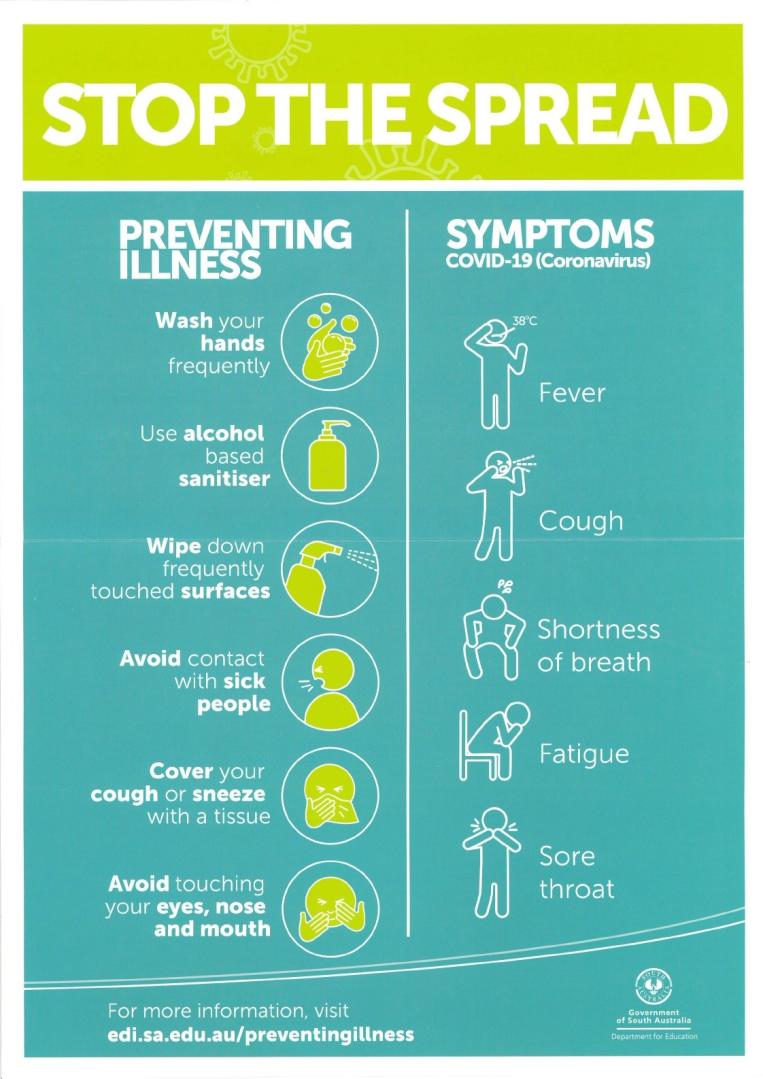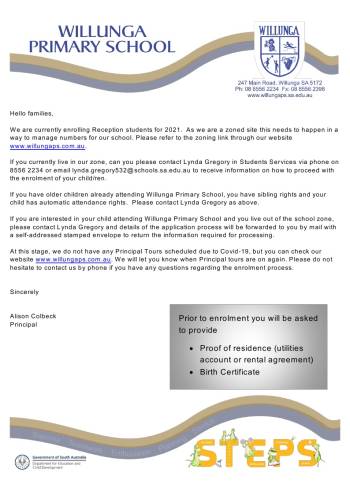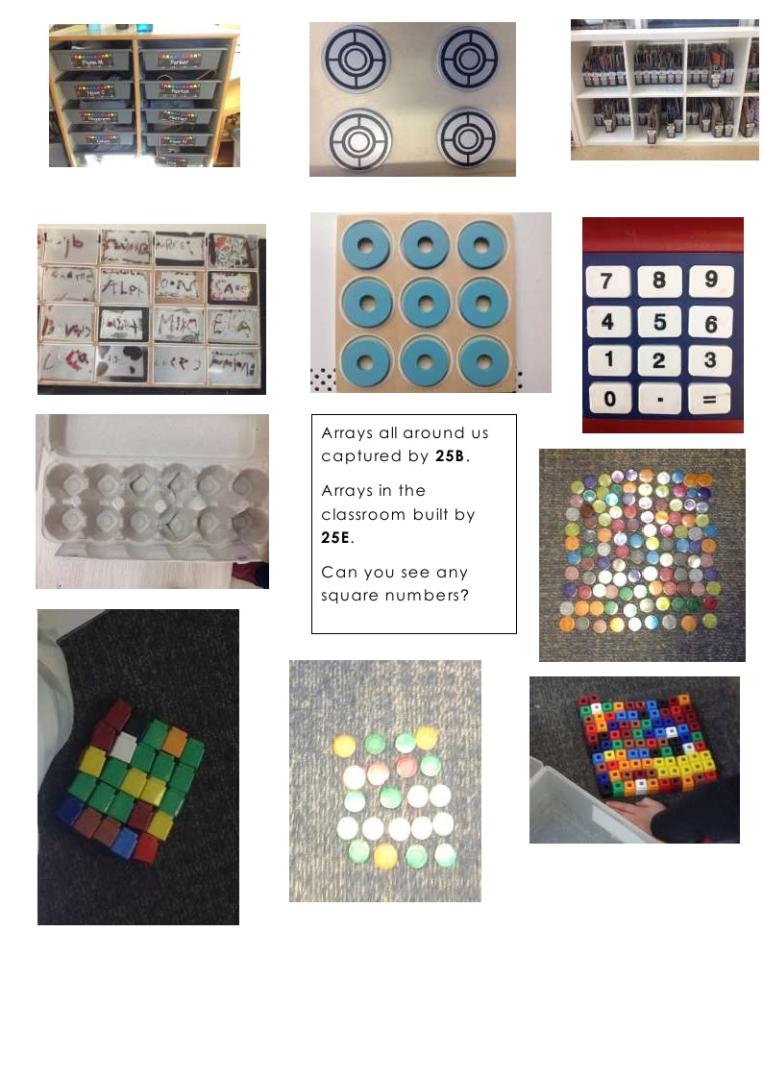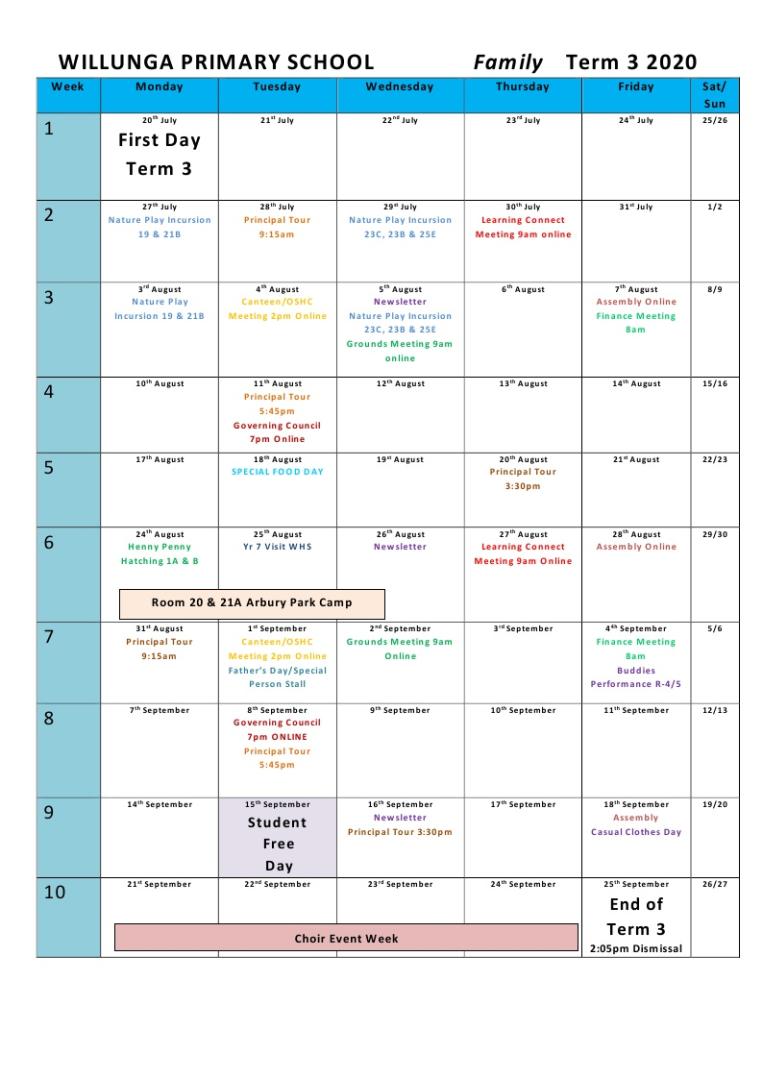Learning to read is an extremely complex process and is reliant on the development of key skills. Some skills we develop throughout our entire lives and these support us with language comprehension (comprehension being the ultimate goal of reading). These include:
· Background knowledge – our understanding of facts and concepts
· Vocabulary – breadth of words we understand, the links between words and our ability to use them precisely
· Language Structures – our ability to understand and manipulate sentences to change their meaning
· Verbal Reasoning – the ability to understand inference, metaphors and figurative language
These skills can be taught from birth by providing a language rich environment. Simply having conversations, talking about words and sharing stories will have an impact on a child’s ability to comprehend the world around them.
Other skills relate to decoding words (attributing sounds to symbols) and this needs to be taught explicitly. Once we know how to decode we can sound out any word, even if we have never seen it before. The key strategy for learning to ‘decode’ is saying the sounds in order from left to right and blending the sounds together.
Phonics is taught in a specific sequence to ensure skills are obtained developmentally. This is why decodable readers are vital in the early stages of learning to read. Children get to practice the sounds they know to read words. Specific instruction in ‘sight’ words or ‘tricky’ words is also key to successful instruction. Coming across words like ‘was’ and ‘they’ can be very problematic when a child has not learnt the strategy to sound them out (but once you know that an ‘a’ makes an ‘o’ sound after a ‘w’ and that ‘ey’ makes an ‘ay’ sound it makes sense!).
Here are some ideas to help you support your child to develop their sound knowledge:
Syllables – Practice identifying these in words by placing a hand under the chin. Every time your jaw drops it is a new syllable. And every syllable will have a vowel sound! Breaking words up like this helps children to read and spell words.
Rhyming – Ask your child to provide rhyming words (these may use a different letter pattern i.e. try, lie, high). Producing a rhyming word is different to ‘picking the odd one out’ from a list of three of four words with only one correct answer. See if your child can pick the correct word or the ‘odd one out’
Blending – When we ‘blend’ we read through the word saying the sounds in order. At first children will need to read each sound aloud but eventually they will learn to do this in their head and say the ‘whole word’.
Identifying and counting sounds – Ask your child to count out the sounds when reading and before writing. Some sounds are represented by more than one letter (sh-o-p - 3 sounds, f-r-igh-t - 4 sounds, p-a-th-w-ay - 5 sounds)
Sound replacement and deletion – Have a go at changing sounds in words i.e. replace the ‘l’ in leg with another letter…peg! Delete the ‘r’ sound from the name Fred….fed!
Make sure that your child is using ‘read through the word’ as their ‘go to’ strategy. Relying on pictures and initial sounds will not support them to decode using phonics. If they do say a word incorrectly make sure they re-read the word with the sounds in order. You can cover remaining sounds to enforce this strategy and reveal them as they decode.
Was this article useful? Please provide a rating our of 5 stars via this link https://forms.office.com/Pages/ShareFormPage.aspx?id=6fS7c4gGRkmuqb0LtA7PBy0839Ei6oJDl1NXxzlGDvhURURGVUozT1JWRTNWNU1CUkVJTzA0QjVQMC4u&sharetoken=U4pHf91wWnVfpSm39zMX
